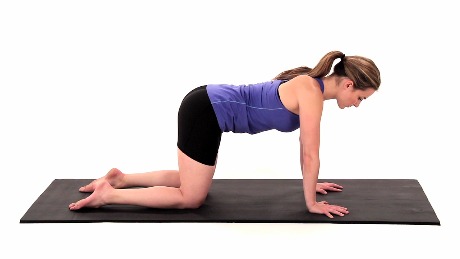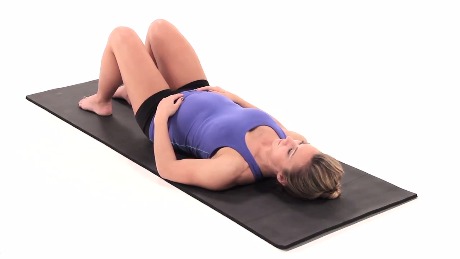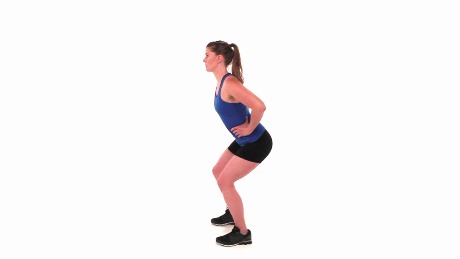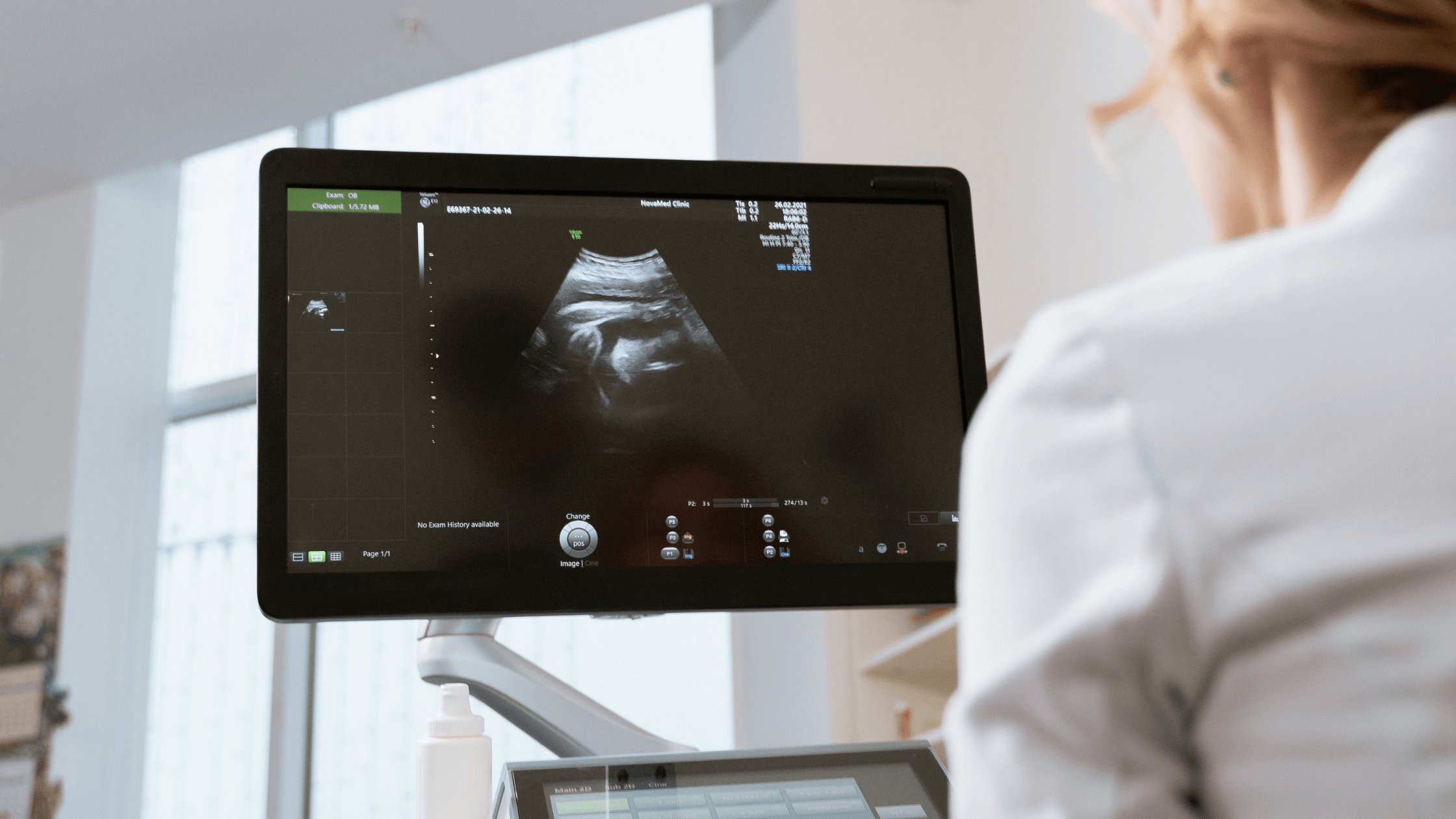Licensed Physical Therapist, PT, DPT // EW Pilates Instructor // Center Coordinator for Clinical Education // Credentialed APTA Clinical Instructor // EW Motion Therapy Homewood
It is easy to get stressed before giving birth to a child, especially your first. You are about to put your body through one of the most physically intense things it can go through, and after that, you are fully responsible for a new baby, who requires your constant attention. At the same time, your own body requires a certain amount of care and attention. How do you prepare yourself for childbirth and optimize your body's physical outcomes?
While childbirth can have many emotions involved, it is vital to prepare yourself to aid in your recovery. Physical therapy can be a great solution to help you get your body in the best shape you can in a safe, observed environment. Our women’s health specialists at EW Motion Therapy help their clients with labor positions and pelvic floor strengthening, so their bodies are ready for birth. Even if you choose physical therapy elsewhere, we still want to educate you on how physical therapy can help your body be prepared for childbirth.
This article discusses why you should prepare your body for childbirth in the first place, the body parts most involved in the process, and how physical therapists can help. With this information, you can seek treatment knowing you are doing the best thing for yourself and your baby.
Why should I prepare my body for labor and delivery?
Childbirth can be a painful, stressful experience for any woman to go through, but if you prepare your body well beforehand, you can not only optimize your labor and delivery process but also improve your postpartum experience and recovery. There are positions you can learn to improve tolerance to labor in the various stages, as well as aid in the management of other conditions (like certain unrelated conditions of the hip or spine). Additionally, you can learn exercises that can decrease your risk of tearing during delivery. You can decrease pain and lower injury risk, which are both important in terms of your postpartum physical condition.
What body parts do I use during labor and delivery?
During childbirth, your pelvic floor is one of the primary muscle groups in use. It is a network of muscles at the base of your core designed to support your pelvis, contract or relax to control your bladder and bowel movements, and aid in push maneuvers during the birthing process. Having good pelvic floor control is essential for labor and delivery. Knowing how to contract your pelvic floor is also important in the postpartum phase, as most women can begin pelvic floor contraction immediately after delivery.
Having a strong diaphragm and abdominals is also essential for the pushing phase of labor, as you use your core strength as the primary force behind pushes. Learning proper breathing techniques to couple with your strong core can help your pushes be more effective.
How can physical therapy help?
When you see a physical therapist before you give birth, they can teach you strength & flexibility exercises to work your pelvic floor and decrease the risk of tearing. Physical therapists can also help you try different labor positions to optimize your experience, reduce pain, and promote efficiency in both the early and late stages of labor.
Additionally, a physical therapist can teach you postpartum techniques before having the baby to aid in your recovery. Once you give birth, it might become more challenging to get out of the house and commit regular time to physical therapy. With this in mind, your therapist can provide education on good physical habits to maintain postpartum, and they can instruct you on when it is safe to resume exercise. Even if you can only come in for one appointment, you can still learn a lot, and you can also schedule appointments with less frequency (once a month, for example) so going to see your physical therapist does not become burdensome.
Your therapist will most likely give you some home exercises to help prepare your body for childbirth. Here are a few examples our women’s health specialists have assigned for our pregnant clients. If you wish to try any of these at home, check with your doctor first to make sure you can do them safely.
Quadruped Transverse Abdominus Bracing: Begin on all fours. Gently release your abdominal muscles, letting your belly relax toward the floor. Then tighten your muscles, pulling your navel in and up towards your spine. Then relax and repeat. Make sure not to hold your breath as you tighten your muscles.

Supine Diaphragmatic Breathing: Begin lying on your back with your knees bent and feet resting on the floor. Exhale, drawing in your abdominals as if you are pulling your belly button toward the floor, then inhale, focusing on expanding your belly instead of your chest. Make sure to keep your low back flat on the ground during the exercise.

Mini Squat: Begin in a standing upright position, with your feet slightly wider than shoulder width apart. Bend your knees and hips into a mini squat position, then straighten your legs and repeat. Make sure to keep your back straight and do not let your knees bend forward past your toes.

How can physical therapy help during pregnancy?
Now you know more about how physical therapy can help you optimize your labor and delivery experience. Even during pregnancy, physical therapy can help you maintain good posture and safely continue your fitness routine while keeping your baby safe and healthy. Despite the rumors, exercise during pregnancy can be incredibly beneficial for both mom and baby when done safely.
Having a baby comes with many emotions and unanswered questions; experience is sometimes the best teacher. But when you want to maintain your physical health while keeping your baby safe, getting professional guidance is always a good idea. Our women’s health specialists at EW Motion Therapy want to help you promote good outcomes for your own body by giving you safe, practical steps you can take both during and after your pregnancy to maintain both your physical and mental health. If you are interested in working with one of our women’s health specialists but want to learn more, click the button below to download our answers to 20 frequently asked questions.


